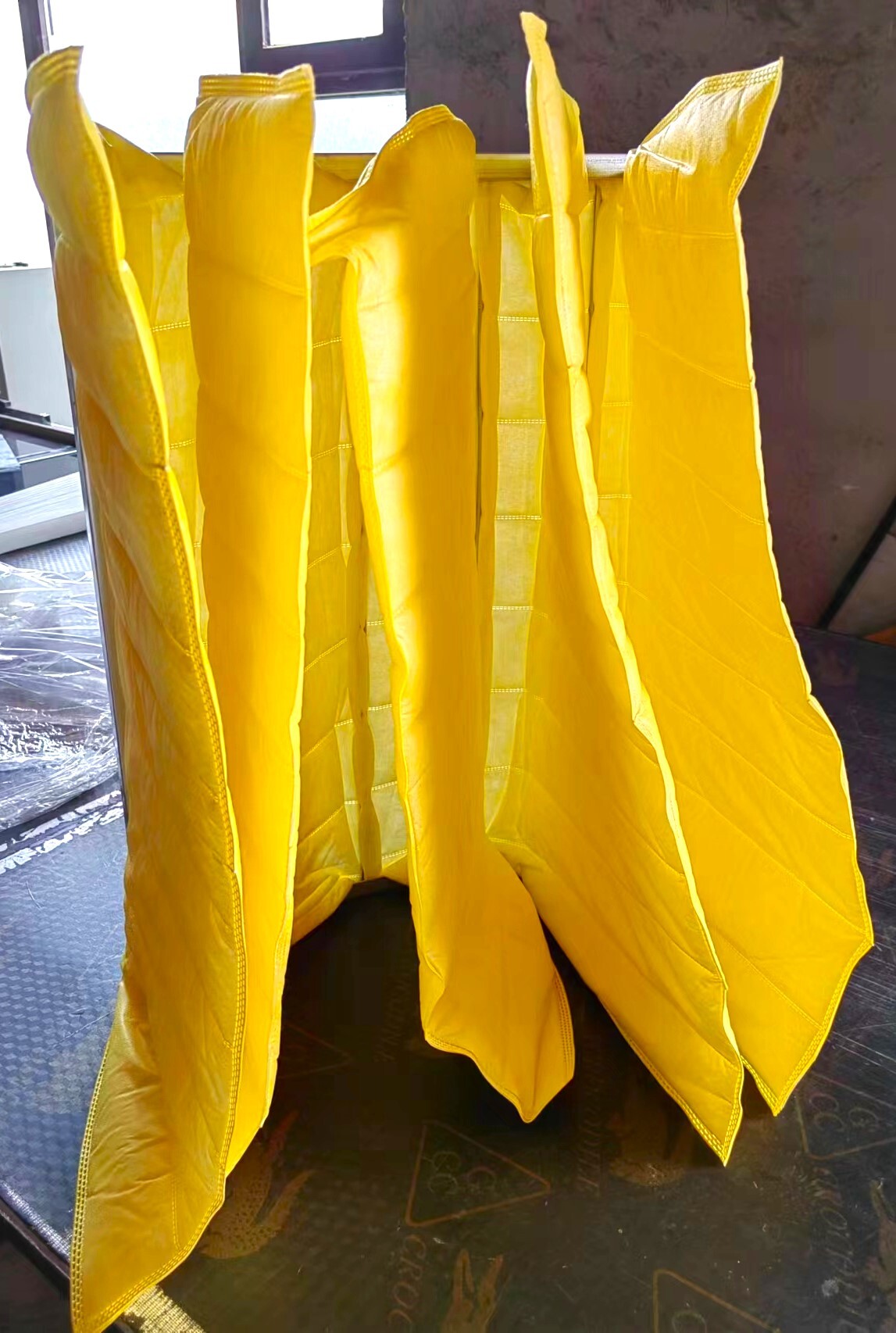PRODUCT
Material made by filtration accuracy and filtration area
| Product Introduction
The widespread application of bag filters is inseparable from technological development and environmental requirements. When used in low-viscosity media, it is reasonable to select the number of filter bags based on the parameters of the filter bags; as the viscosity increases, the resistance drops rapidly, and a better and more accurate selection of suitable filter bags is required.
Principle of bag filter
Bag filter is a new type of filtration system. The filter bag is supported by a metal mesh basket inside the filter. The liquid flows in from the inlet is filtered by the filter bag and flows out from the outlet. Impurities are intercepted in the filter bag. After replacing the filter bag, it can continue to be used.
Selection of bag filters
The selection of filter bag materials is the first factor to be considered in bag filters. The success or failure of the selection of filter bag materials will directly affect the filtering effect. The material selection mainly considers the compatibility of the filter bag and the operating medium. Generally, it is based on the characteristics of the operating medium, design temperature, design pressure, pH, and operating conditions (such as whether it needs to withstand steam, hot water sterilizing chemicals, etc.). The purpose is also an important consideration. For example, for ultrapure water, it is necessary to select pure filter materials that do not contain release substances that affect the specific impedance; for filtering gas, it is necessary to select hydrophobic materials and whether a "sanitary filtration" design is required, etc.
Select the appropriate filter bag aperture according to the retained particle size proposed by the process and the filter bag efficiency curve provided by the manufacturer. In order to be interchangeable, we try to use standard size filter bags. The filter bag selection can be based on the filter bag flow curve provided by the manufacturer to initially select the appropriate number of filter bags. When the flow rate is not very large, try to use one filter bag; try to use a smaller filter size, so that maintenance will be more convenient. Only when the flow rate is large, should consider using double bags, three bags, or more filter bags. It would be a good choice to use two separate filter bags or three-bag filters in parallel, which can solve the operation and maintenance problems and can also serve as backups for each other.
Determining the filter area is the key to selecting a bag filter. Choosing a larger or smaller filter area will result in the use of the filter and bring inconvenience to the operator. The filter area is determined by the medium flow rate, allowable pressure drop, operating pressure, medium viscosity, and filter bag characteristics. The first step is to test the normal flow rate of the filter bag in water based on the medium flow rate, operating pressure, and the selected accuracy and size. The second step is to determine whether the allowable pressure drop range is exceeded based on the actual flow rate of each filter bag, the medium viscosity, and the viscosity-flow curve or viscosity coefficient provided by the manufacturer. Viscosity is an important factor that needs to be calculated, and another factor that needs to be calculated is the filter bag replacement cycle. The third step is to calculate the filter bag replacement cycle by combining the medium solid content or solid content distribution diagram provided by the process, the medium flow rate, and the pollution or oil capacity of the filter bag.
Filter bag material selection
Monofilament and multifilament filter bags
It is a surface type filter fabric structure, which is shaped at high temperatures to prevent the expansion of filter holes during the filtration process. Therefore, it has an absolute precision filtration level, captures impurities on the surface of its filter material, and the filter bag can be repeatedly cleaned and reused.
Needle-punched cloth filter bag
100% pure fiber is made into a three-dimensional filter layer by needle-punching. Larger particles are captured on the surface of the filter bag, while fine particles are captured in the depth of the filter material. Therefore, it is a deep filter material. The filtration accuracy ranges from 1 to 200 μm. Needle-punched cloth filter bags have the advantages of low cost, large filtration area, and small pressure difference. It is the most economical filtration method. The surface of the needle-punched cloth filter bag is specially treated to ensure that the fibers do not fall off.
Meltblown nonwoven filter bag
The inner layer is made of polypropylene needle felt cloth, which has the function of primary filtration; the middle layer is made of polypropylene microfiber meltblown nonwoven fabric, with a filtration accuracy of 1~100μm and a filtration efficiency of 98%; the outer layer is made of polypropylene spunbond fiber, which has high strength and no fiber shedding. Meltblown nonwoven filter bag filtration accuracy: 1, 3, 5, 25, 50, 100 μm.| Inquiry
What Can We Do For You


